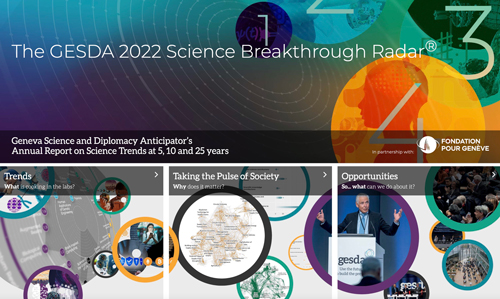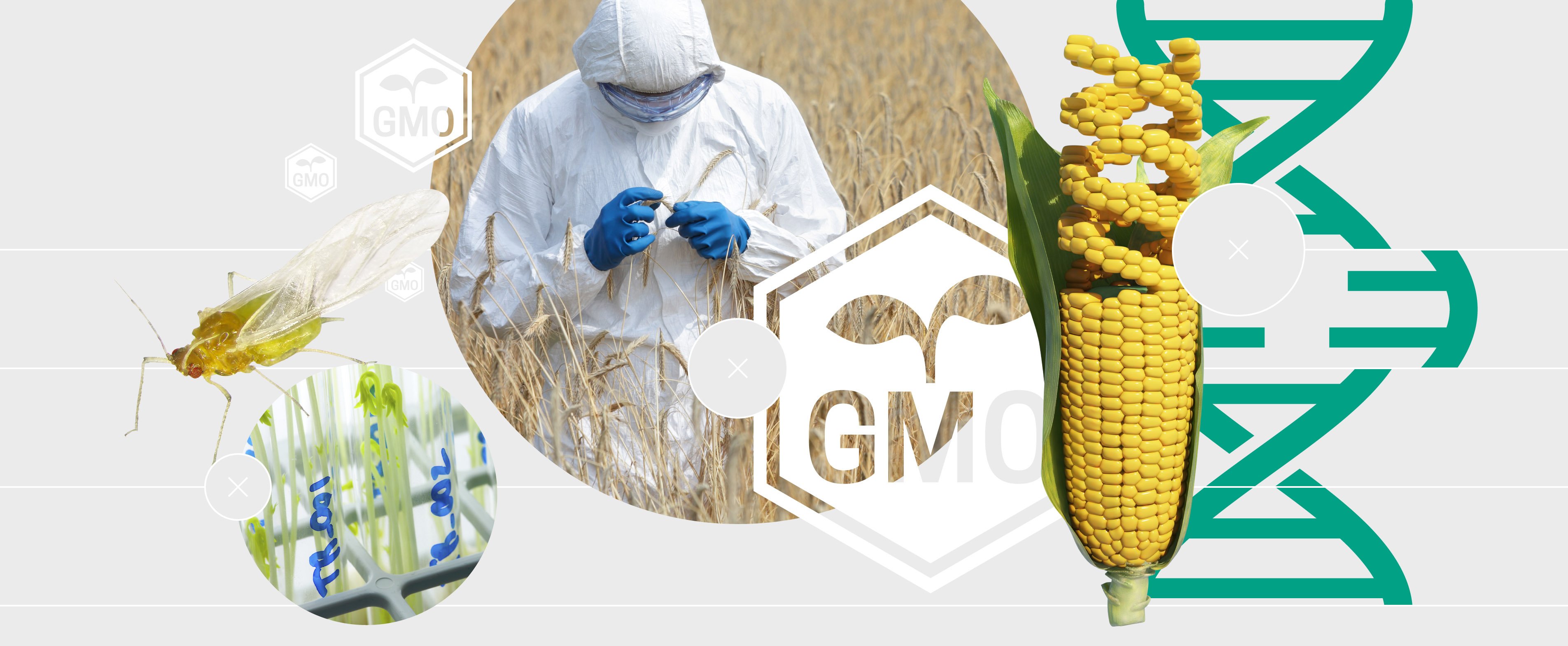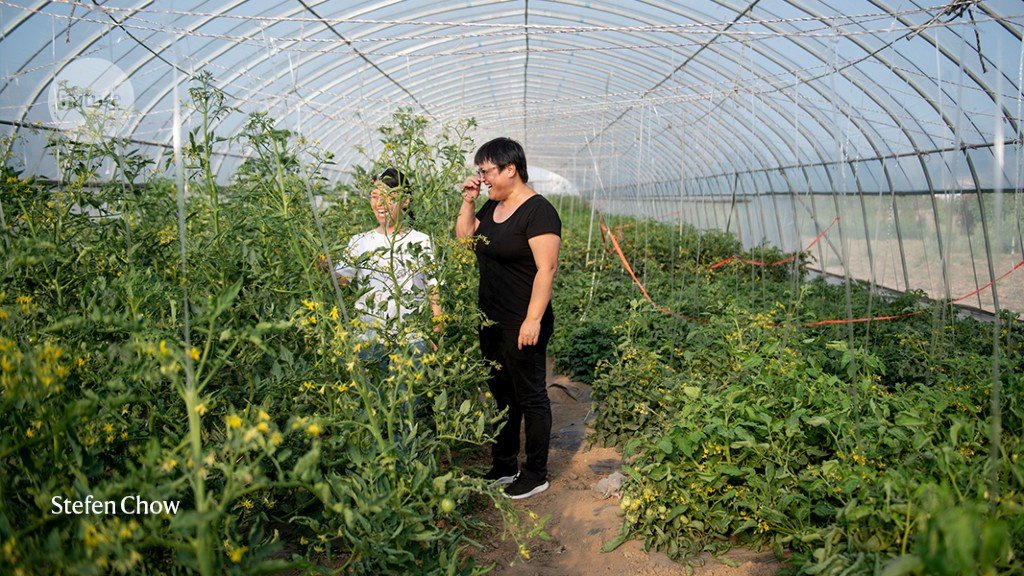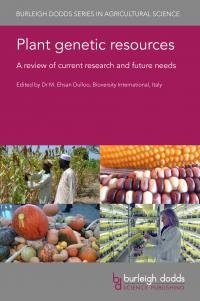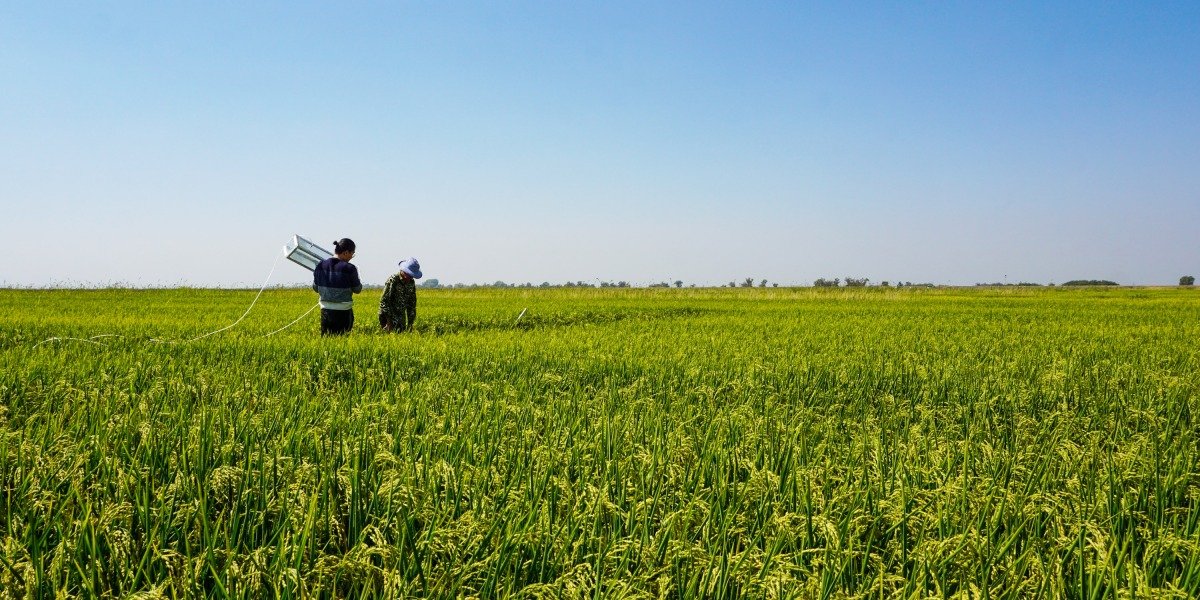Ecosystem-level genetic modification is about using gene editing and manipulation technologies not only to enhance crops and plants but also to target a range of ecosystem constituents, including weeds, pathogens, pests and food crops. Such technologies, many nascent, include gene drives to eliminate pest populations, the development of RNA-based pesticides (which sidestep the problem of resistance development)5, and genetic manipulation of soil microbes to optimise crop yields.
Such technologies have the potential to significantly increase food production — especially with the growing importance of indoor and vertical farming — but there are issues to resolve. Much more research is needed to ascertain how the different component of an ecosystem react to even small biological manipulations, for instance. There are also legal issues: the European Court of Justice has ruled that modern gene editing is to be considered the same as genetic modification for the purposes of European Union law, and therefore subject to the same strict rules — organisms developed in this way are largely banned in the EU market.6 It is likely, though, that it is only a matter of time before genetics-based interventions will be deployed at scale; the US Department of Agriculture does not regulate crops produced using gene editing, as long as those genetic changes could also have been produced using conventional breeding techniques.7
